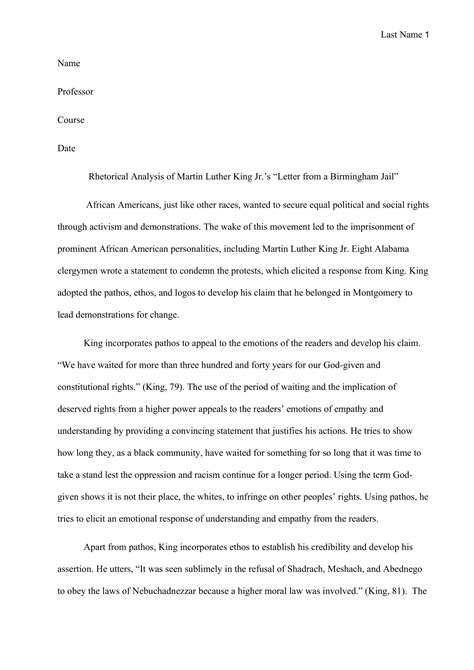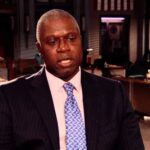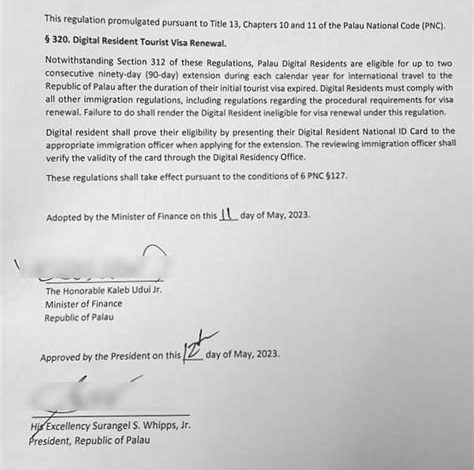
Sample Rhetorical Analysis Essay: Analyzing the Power of Language in Martin Luther King Jr.’s “I Have a Dream” Speech
Introduction

Martin Luther King Jr.’s “I Have a Dream” speech, delivered on the steps of the Lincoln Memorial in 1963, stands as a powerful example of the transformative power of rhetoric. Through its use of vivid imagery, emotional appeals, and persuasive arguments, King’s speech not only inspired a nation but also shaped the course of history. In this rhetorical analysis essay, we will examine the key rhetorical strategies employed by King in his iconic address and explore their impact on the audience.
Key Rhetorical Strategies
1. Vivid Imagery:
King employed striking imagery to paint a vivid picture of the challenges faced by African Americans in the United States. He described the “sweltering heat” of segregation, the “barbaric claws” of police brutality, and the “lonely exile” of isolation. These vivid images evoked a strong emotional response from the audience, creating empathy and understanding for the plight of those suffering under racial injustice.
2. Emotional Appeals:
King’s speech was not only intellectually persuasive but also deeply emotive. He appealed to the audience’s sense of justice, dignity, and hope. By evoking emotions ranging from anger to compassion to inspiration, King motivated the audience to take action and support the cause of civil rights.
3. Persuasive Arguments:
While King’s speech contained powerful emotional appeals, it also relied on sound logical arguments. He cited historical precedents, such as the Declaration of Independence and the Constitution, to support his claims for equality and justice. By presenting a well-reasoned case, King strengthened the credibility of his message and persuaded the audience of the validity of his demands.
4. Repetition and Analogy:
King skillfully utilized repetition to emphasize his key points. The phrase “I have a dream” serves as a powerful refrain that drives home his vision of a just and equitable society. Additionally, King employed analogies to compare the struggles of African Americans to those faced by other marginalized groups throughout history, drawing parallels between the civil rights movement and the fight for independence in India.
Impact on the Audience
King’s rhetorical strategies had a profound impact on the audience. The vivid imagery and emotional appeals evoked strong feelings of empathy and urgency, while the persuasive arguments provided a solid foundation for his claims. The speech inspired hope and determination among those who had long been marginalized, while also challenging the conscience of those who had previously been indifferent to the plight of African Americans.
Common Mistakes to Avoid
When writing a rhetorical analysis essay, it is important to avoid common mistakes that can weaken your argument.
- Lack of Focus: Ensure that your essay focuses on a specific rhetorical element or technique employed by the speaker or author.
- Insufficient Evidence: Support your analysis with specific examples from the text that demonstrate the rhetorical strategies you are discussing.
- Overly Personal: Avoid relying solely on personal opinions or interpretations. Instead, base your analysis on objective evidence from the text.
FAQs
-
What are the key rhetorical strategies employed by Martin Luther King Jr. in his “I Have a Dream” speech?
– Vivid Imagery, Emotional Appeals, Persuasive Arguments, Repetition and Analogy -
How did King’s use of imagery impact the audience?
– It created empathy, understanding, and a sense of urgency for social change. -
What was the purpose of King’s emotional appeals?
– To stir the emotions of the audience, motivate them to take action, and increase the persuasiveness of his arguments. -
How did King’s inclusion of historical precedents strengthen his message?
– It provided a logical and credible foundation for his claims, grounding his argument in established principles and values. -
What is the importance of repetition in rhetorical analysis?
– It emphasizes key points, drives home the speaker’s vision, and creates a memorable and impactful message. -
What should I avoid when writing a rhetorical analysis essay?
– Lack of focus, insufficient evidence, and overly personal interpretations.
Conclusion
Martin Luther King Jr.’s “I Have a Dream” speech is a masterful example of the power of rhetoric. Through his skillful use of vivid imagery, emotional appeals, and persuasive arguments, King not only stirred the hearts and minds of the audience but also played a pivotal role in advancing the cause of civil rights. By understanding the rhetorical strategies employed in this iconic speech, we can gain insights into the art of persuasion and its transformative impact on society.










